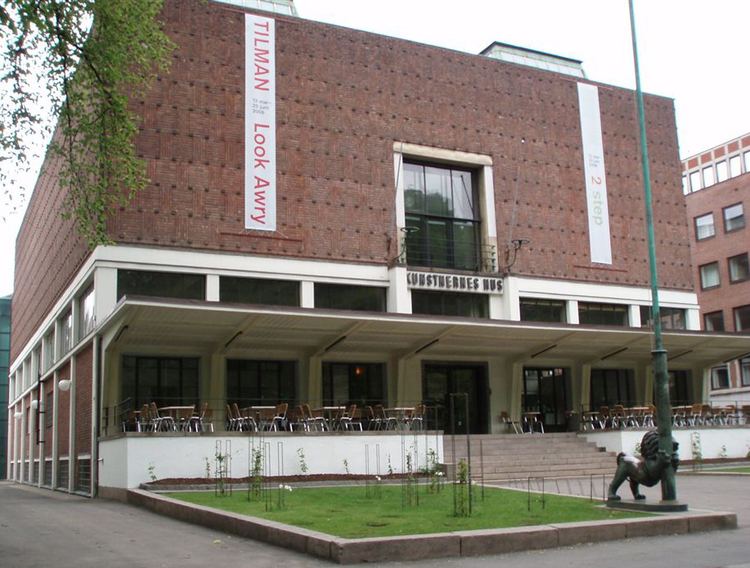Name Gudolf Blakstad Role Architect | Died November 22, 1985 Parents Wilhelm Blakstad | |
 | ||
Structures Kunstnernes Hus, Bodo Cathedral | ||
Gudolf Blakstad (19 May 1893 – 22 November 1985) was a Norwegian architect. He was noted for his work in the transition between neo-classicism and functionalism in Norwegian architecture.

Blakstad was born in Gjerpen, Norway. He was the son of Wilhelm Eriksen Blakstad (1863-1963) and Gunvor Kjos (1855-1932). Blakstad was educated at the Norwegian Institute of Technology where he graduated in 1916. From 1922 he started his own practice in Oslo together with Arnstein Arneberg and Herman Munthe-Kaas. He would maintain a partnership Herman Munthe-Kaas in the architectural firm Blakstad and Munthe-Kaas Architects for more than 50 years. During the period 1922-1960, they participated in 66 contests, won prizes in 33 of them, of which all 22 were first prizes.

The firm collaborated on several significant assignments in Norway including Kunstnernes Hus for which they were awarded the Houens fonds diplom in 1931. Their work also included the City Hall in Haugesund (1931), Elgeseter Bridge (1951) in Trondheim, Bodø Cathedral (1956) in the Diocese of Sør-Hålogaland and Alfaset chapel (1972) in Oslo. He also drew Det Nye Teater with Jens Gram Dunker.
